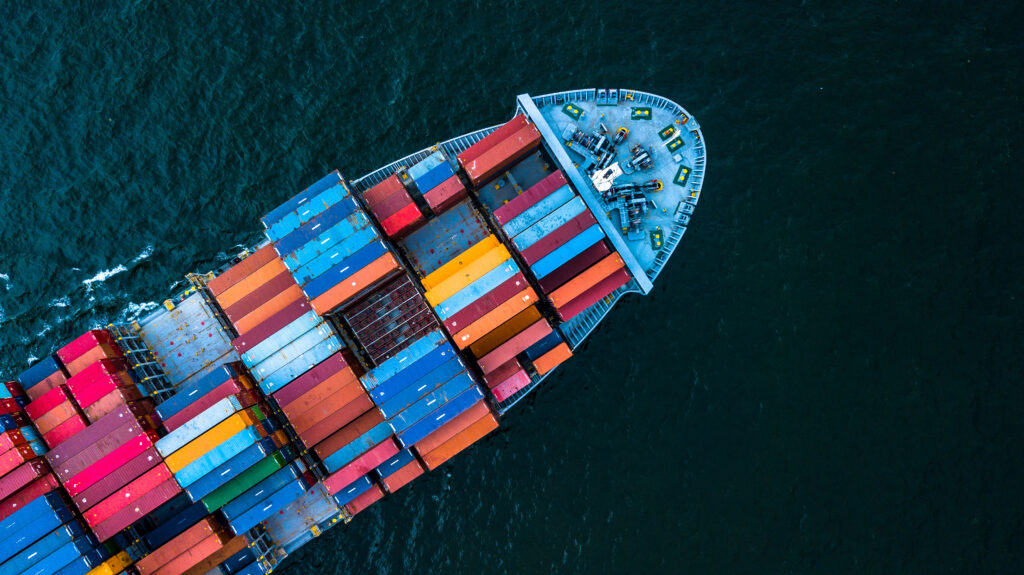If we had to grapple with even one of the pressures bearing down on the global supply chain at the moment, we’d see a slowdown in delivery of consumer goods. Right now, there’s a confluence of factors driving shortages in some product categories, and delivery delays in others, says Christopher Tang, faculty director of the University of California, Los Angeles Center for Global Management. And some of those forces may remain in place even after Covid fades, says Tang.
An expert on global supply chain issues and a member of the Institute for Operations Research and the Management Sciences , Tang points to explosive consumer demand during the pandemic, a labour force reduced by Covid, weather-related loss, product theft, outdated port technology, and retaliatory trade moves by big players like China and the U.S.
Expect relief by summer of 2021
Other industry watchers, including spokespeople for the ports of Long Beach and Los Angeles, which handle over 40 per cent of imports into the U.S, suggest the bottlenecks and supply chain slowdowns will start to ease toward the end of the first quarter.
Until then, says Tang, you may continue to see container ships lining up to enter the port of L.A. As of December 4, there were 96 ships, each waiting an average of three weeks to berth. Tang expects to see these slowdown continue, and points that a shortage of the semi-conductors used in home appliances and machines may last into 2023.

Consider the climate
Another change coming to the supply chain is wider adoption what’s known as Environmental, Social and Governance (ESG) disclosure that can be used to identify corporations with good records on sustainability and social responsibility. Regulatory groups may make reporting on climate risks required.
Regulatory changes coming to supply chain
It’s already happening in European countries. By 2023 in Germany, legislation will be in place to ensure large companies are responsible for social and environmental issues arising from their global supply chain networks, including child labor and forced labor, and occupational health and safety throughout the entire supply chain. Canadian pension funds who’ve already embraced the model include heavy-weights like the Casse de dépôt du Quebec and the Ontario Teachers’ Pension Plan
Violators will face fines, although a recent Bloomberg article casts doubt on how effectively they will be enforced. Other claims may also be dubious, as a July 2021 article out of Stanford suggests. With bigger annual sales than Walmart in terms of annual sales, Amazon has reported emissions from shipping that are only one-seventh of Walmart’s. But researchers reviewing public data on imports, found only about 15% of Amazon’s ocean shipments could be tracked.
A matter of trust
The figures don’t include emissions generated by its many third-party sellers and suppliers outside the U.S. That’s important: about 40 per cent of them sell directly from China, which further complicates emissions tracking and reporting.
The issues will increasingly matter to consumers, says Tang. “The younger generation is especially concerned about global climate change, and about the way we do things. So I hope that will lead to changes in agriculture to more sustainable crops. In California, for example, we grow almonds, which are extremely water intensive.“
Is the supply chain socially responsible?
Buyer beware: consumer groups also point out that Amazon has argued that it should not be held liable for the damage caused by delivery, because it functions as an “online marketplace”. Foreign third-party sellers are often not subject to U.S. jurisdiction, so can’t be held accountable.





